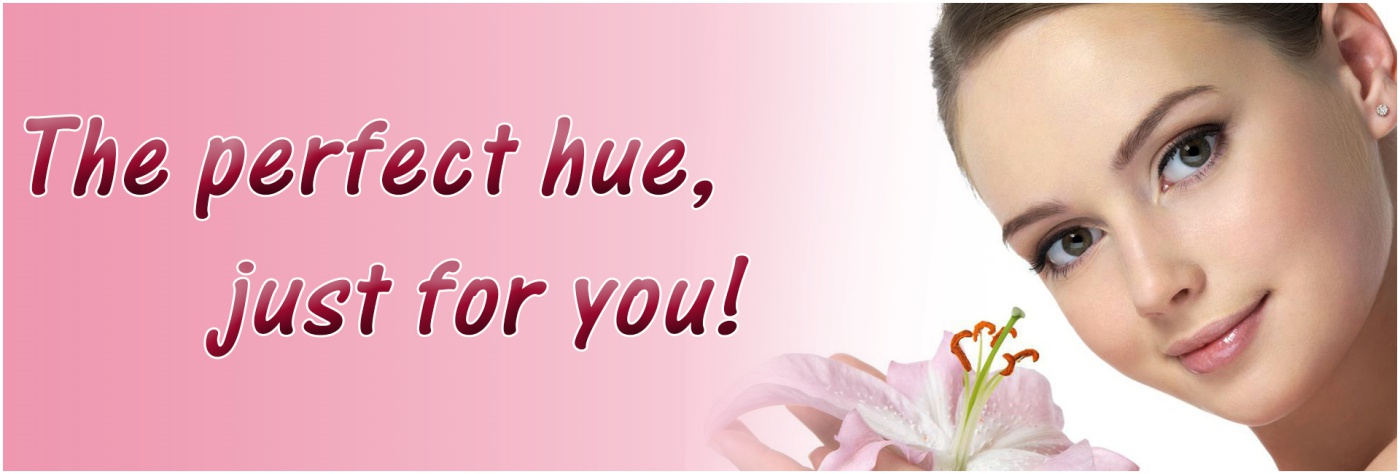
Color is crucial to visual communication. It’s a basic property of light. It captures your eye. Color impressions are both quick and long lasting. The human brain requires a sense of order or it will reject whatever it sees. It’s important to remember that color is the first thing registered by a person.
Research reveals that color accounts for 60% of the acceptance or rejection of what a person sees – a lasting impression is made within ninety seconds. Color can sway thinking, change actions, and cause reactions. The colors used for a product, web site, business card, or logo cause powerful re-actions. Decisions about color are a critical factor in success of any visual experience. Color combinations can attract or distract. The right color combinations can be as important as the individual colors.
Color Basics
Several factors affect the way we perceive color. One of those factors can be shown by the position of colors on the color wheel in relation to other colors. These color wheels take out all or some of the transitional colors so that you can more readily see the relationship of the colors to one another.
Adjacent colors appear next to each other on the color wheel. Adjacent colors often work well together but if too close in color they can appear washed out or not have enough contrast.
Complimentary colors also referred to as contrasting colors are separated by another color on the color wheel. Complimentary colors printed side by side can cause visual vibration making them a less then desirable combination. Red and Green are contrasting colors. The more transitional colors separating two colors, the greater the contrast. For example, Magenta and Orange is not as high contrast as Magenta and Yellow.
Clashing colors are directly opposite each other on the color wheel. You’ll note that these clashes occur between primary/complementary or Additive/Subtractive pairs such as Blue and Yellow or Green and Magenta.
Primary Color Scheme
This is the use of a single color in varying shades. This can be a clean and interesting look. It’s soothing and pleasing to the eye especially the blue or green hues. Primary Colors are red, yellow & blue.
Secondary Color Scheme
This is using high contrast of color by selecting colors directly opposite from one another on the color wheel (such as pink and lime green). This puts a warm color with a cool color and is pleasing to the eye. Secondary Colors are yellow plus blue (green), blue plus red (violet/purple) & red plus yellow (orange).
Tertiary Color Scheme
When primary color and an adjacent secondary are mixed, tertiary colors are the result. This scheme uses three colors equally spaced from each other around a color wheel. It’s popular and allows for a harmonious color scheme. Tertiary Colors are yellow plus green (yellow-green), green plus blue (blue-green), blue plus violet (blue-violet / ultramarine blue), violet plus red (red- violet), red plus orange (red-orange), orange plus yellow (yellow-orange).
Have you noticed that these different color schemes are abundant in nature?
Enjoy, Charli

